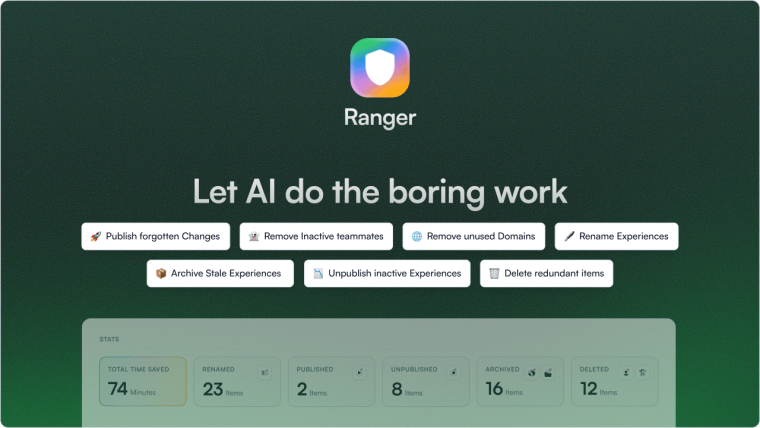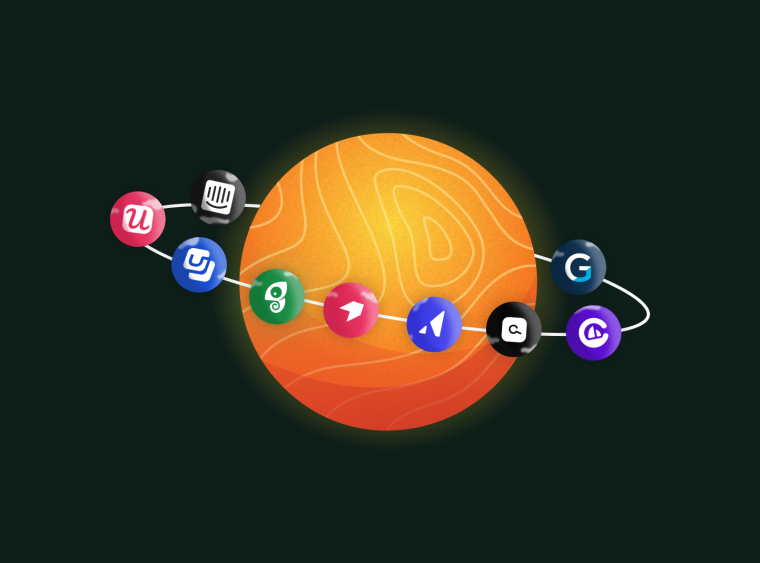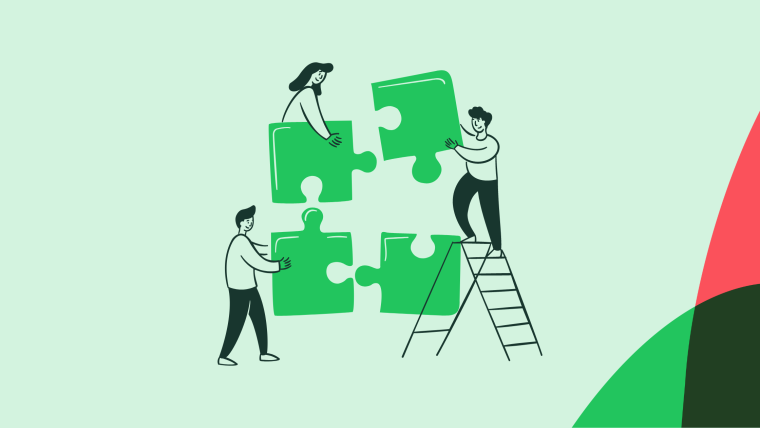Customer retention management is essential for SaaS businesses. It’s essential for all businesses really, but in SaaS, it’s particularly important.
Why?
Because SaaS users typically re-evaluate their purchasing decision on a monthly basis—you’re on the chopping block every 30ish days. A SaaS product's success depends on monthly active users, and a solid customer retention management strategy is how you keep them around.
Need more? A whopping 65% of a company’s business comes from previous customers, so the long-term customers are worth their weight in gold.
Today we’re going to run you through the best approaches to customer retention management for SaaS businesses of all sizes.
What is customer retention management?
Customer retention management refers to the way in which organizations serve and retain their existing customers. It’s the actions a company takes to ensure that customers remain loyal to their brand over a long period of time. In other words, customer retention management is the key to your long-term success.
Now, you might be thinking about the importance of customer acquisition in long-term success, and you’re by no means wrong. Acquiring new customers is an essential part of business growth and success, but keeping existing customers happy is somewhat of a secret weapon–except it’s no secret at all.
Ample research highlights the importance of customer retention for businesses, and why it could be considered more important than customer acquisition. For example, the probability of selling to an existing customer is between 60 and 70%. When it comes to selling to a new customer, this drops to between 5 and 20%.
So, it’s in your best interest to spend some time and resources on optimizing your customer retention management system. Luckily, you’re in the right place.
How to measure retention rate (and why it’s important to track it over time)
Customer retention is measured using the aptly named customer retention rate formula:

Understanding customer retention and having a reliable way to monitor it enables you to:
Track the progress of your customer retention strategies
Communicate the value of customer retention to key stakeholders
Customer retention should be a priority at all stages of your product lifecycle. The way you approach it will vary depending on your business circumstances and needs.
How to build a retention management system that works for your product
Depending on the product lifecycle stage and business goals, your customer retention techniques and customer retention metrics will differ.
We’ll get to that shortly. For now, let’s look at some general best practices for creating a successful customer retention strategy.
Find your product-market fit
This one’s fairly straightforward–customers have no reason to stick around if your product isn’t what they need. Ensuring the product-market fit is essential to customer retention and growth.
Sean Ellis, the co-author of Hacking Growth, discovered that successful startups have a product-market fit of at least 40%. A product that has a product-market fit of 39% or under will have issues serving the market and retaining users.
One simple way to determine if you’ve got a product-market fit is to ask your customers. A product-market fit survey asks the questions relevant to determining how well your product serves users. You’re looking for 40% or over on the ‘correct’ answer—anything under and you might want to reconsider.
You can also take a look at growth metrics to see if you’ve found a product-market fit. If users are super active and highly engaged—you’re likely on the right track.
Tip: Find how your product is meeting your customers' needs—really focus on the pain points it addresses. Then, continue improving your solution with insights from customer research and feedback. This will help adjust your product roadmap and enable you to keep clients around and grow your customer base.

🎬 Webinar: Validating Product Roadmaps With Your Users
Learn how to validate new product ideas and solutions with user feedback in this webinar with Maze
Set clear goals
Clear goals help map out the route to successful customer retention. Knowing what you’re trying to achieve is half the battle. These goals can look like this:
Consistently keeping your customer retention rate above 65%
Monthly increase in customer engagement across platforms
Quarterly increase in customer lifetime value (CLTV)
The specific goals you set will depend on what exactly your organization is looking to gain from its retention strategy.
Regardless of the details, tracking progress is an essential part of building a customer retention management program that works for your organization.
Align with overall product strategy
You need your customer retention strategy to align with your overall product strategy. In other words, you should get product management and product marketing on the same page if they’re not working in the same department.
Product strategy showcases what you want to achieve with your product and typically aligns with your product vision. Simplified, it can look like some of these examples:
‘We want to create a platform that enables teams to communicate across departments.’
‘We want to create a tool that allows team members to leave video feedback on any piece of work.’
‘We want to build a platform for SaaS businesses to network and collaborate.’
Hitting these product goals won’t be possible without users—and this is where the customer retention side comes into play. You want to keep users around to both keep the product alive, and to inform important product development decisions.
Tip: Customer retention management is necessary to develop a comprehensive and informed product strategy. Clearly communicating this with all product stakeholders is key for continued support, budget, and growth.
Now, let’s go through some actionable steps you can implement into your retention-oriented workflow.
3 ways to increase retention among new users
Your customer retention management strategy benefits from different actions depending on the lifecycle stage of your product and the different stages of the customer journey.
We’ll start with increasing retention among new users. It’s something you can expect to be doing at an early-stage business, but also for the news signups as your product grows.
Provide seamless user onboarding
The user onboarding experience is a big one—it’s the first impression users get of your product in action. They’ve worked their way through the flow to find themselves completing relevant activation milestones.
Great onboarding helps your user reach their “aha!” moment as quickly as possible. This is when the penny drops and everything clicks into place. The “aha! moment” is when users understand the real value of your product, and how it helps them achieve their job to be done.
Providing an onboarding experience that highlights your product's value is key for customer retention and fighting immediate customer churn. It’s more likely to lead to long-term product adoption and higher customer satisfaction rates.
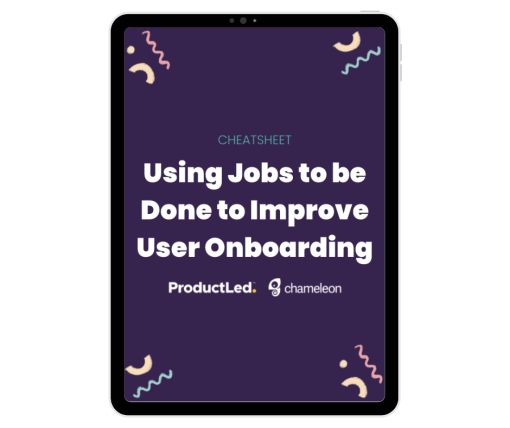
🎬 Webinar: Using Jobs to be Done to Improve User Onboarding
Learn how to customize onboarding experiences at scale, and help steer users to key "aha!" moments.
Build a self-serve product culture
When was the last time you had an issue with a product and thought to yourself: ‘I can’t wait to talk this through with at least three members of their support team.’
That’s what we thought—never.
Nobody wants to spend hours waiting in a queue to ask a simple question. It’s so much easier to find an answer online. Typically, this is possible through the product’s help center, support pages, product wiki, chatbots, community forums, or other self-serve touchpoints.
Aside from that, offering quick and easy access to the right answers at the right time, with tooltips or product walkthroughs, enables customers to solve their own issues, whether they arise during onboarding or after years of using the product. It gives users a smoother way to learn about your product, and improves the overall user experience, leading to—you guessed it—increased customer retention.
Tip: Consider how you want to organize your self-serve model to support customer success from the get-go, then scale your solution as you grow. You can start with a simple onboarding Launcher like this one 👇

Nurture relationships from the start
Customer retention comes from users feeling connected to your brand. Nurturing those relationships from the very beginning is of the utmost importance. It will help you foster user engagement and drive customer trust.
Creating a strong community is a good place to start. Slack, Discord, and the likes have done wonders for bringing people together to discuss a wide variety of topics: make your product one of them. If not on another platform, consider creating a custom-made platform for your users to connect with you and each other.
Another way to nurture relationships is to provide users with a personalized experience. Nobody wants to be treated like a robot. Humanizing your brand and customer touchpoints allows for a better customer experience and higher customer retention rates.
Alongside creating the space for your users to engage, aim to provide opportunities for them to engage. Use in-app surveys to regularly ask for user input on your product. Then extract insights from the feedback and implement the changes they want to see.

3 strategies to build customer loyalty among existing users
Let’s look at how to engage your existing customers. Growing businesses need to be agile in their approach to product growth and customer retention—willing to release often, listen, and learn fast.
Build features your customers really need
Understanding the customer doesn’t require you to develop psychic abilities–that would be unreasonable. It does, however, require you to listen.
Collect qualitative information directly from your users–let them tell you what they want. This qualitative user feedback eliminates guesswork, supports new feature hypotheses, and can even kick-start new feature ideas. No guessing, just facts.
User research is one way to pre-empt what your users want. You’ve likely developed user personas, and these will help a lot here. However, you can also consider how different users engage with your product, track product interactions, and learn how you can improve that experience.
For example, use Microsurveys like customer satisfaction (CSAT) surveys and customer effort score (CES) surveys to understand how happy users are with your product or certain actions within your product.
Tip: You can use Chameleon to run event-based surveys in the product, triggered by specific user actions and shown within the context. Here’s a mock-up example of a CES survey you can build 👇
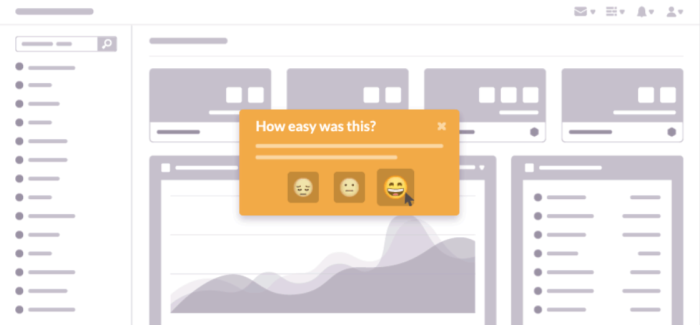
Dive into product analytics and act upon the insights
Next, focus on your findings from the feedback and create solutions to what’s bothering users.
Insight-informed product development is the best type of product development. It uses valuable user feedback to understand what users want from a product.
Qualitative user data you’ll get from listening to users is great, but you’ll need a combination of qualitative and quantitative data to really build products your customers need.
One way to do this is by gathering product interaction and behavioral data, which shows how users use your app and provides a deeper understanding of the user journey. It provides insights into where they’re clicking, what they’re spending the most time on, and how they’re using your product.
Ever heard the phrase ‘actions speak louder than words’? It explains why gathering usage data is so essential–you can spot pain points before the user does and increase satisfaction with in-app messages to enable a better understanding of current features.
Here’s an example of a data visualization in a New Feature dashboard template with sample data from Geckoboard.

Experiment with new feature launches
When it comes to releasing new features, don’t miss the opportunity to turn it into a customer retention activity. You’ve developed these features to answer customer needs–make it exciting.
Remember that community of customers you’ve worked on building? Now’s the time to engage them with an exclusive new feature–only available to them. That way, you’re adding exclusive value to users and you can gain valuable feedback from early adopters or power users.
Note: Power users are users that use your product more than the average user. They likely use your product daily and engage with more features than other users.
Another way to test out features is by creating fake door tests for beta releases. Fake door tests are a research technique that product teams use to help garner interest in a potential new feature. It consists in presenting a call to action that leads to a not-yet-developed feature or product in order to gauge user interest.
Fake door tests come with certain risks, but when you use them the right way, you can see the results. Here’s how Buffer used a fake door to announce that the product is coming soon and gather email addresses for the purpose of notifying interested customers once it’s ready.

You want to be careful who you send your fake door tests to—some users won’t appreciate it. Deploy them with caution, and consider only releasing them to a particular segment of your users.
3 tactics to gain (and retain) more power users
Finally, we’ve got customer retention tactics that aim to gain and retain power users: advocates of your product that simply can’t imagine using anything else.
While it’s important to turn existing customers into power users, it’s also important to engage all power users when they reach that status. It’s a mistake to think that power users are immune to churn—even the biggest product fans will leave if their needs aren’t met.
Here’s how you can keep customers around and decrease churn.
Keep an eye on the competition – and outperform them
It’s never a bad idea to keep an eye on your SaaS competition–they’ve definitely got their eye on you. It’s essential that you meet your customers’ needs before your competition beats you to it. In fact, 9% of businesses lose customers to the competition when they don’t take customer retention seriously.
If a competitor suddenly releases a new suite of features—the one your clients have been begging you for—don’t be surprised to see some of your most loyal customers make the switch. Keep your finger on the pulse when it comes to feature requests. It helps ensure it’s your new features that users are flocking to use.
It’s a good idea to also keep an ear out for what your competition's users are saying about their product. G2 and Capterra are good resources for this. Or, if you’ve got advanced social listening tools they can work wonders too.
SaaS solutions in the same niche are often quite similar. Truly understanding your users and their wants and needs is a must for staying on top. Plus, by always knowing—and outperforming—what’s happening in the industry, you’re sure to gain (and retain!) more happy customers.
Listen carefully to the feedback of your most active users
Some users are special. They love your product and they’re genuinely invested in its development and success. They use the product religiously and know exactly what they want and need from it. All you need to do is ask.
Let your users engage in the development process through regular feedback opportunities—such as Microsurveys—and prioritize the issues that your power users are struggling with. They’ll not only appreciate the updated features and capabilities, but they’ll also appreciate being involved in the process. Nurturing power users is a win for both product development and customer retention.
Here are several examples of Microsurveys you could build with Chameleon and customize to your needs.

Be proactive and turn small issues into big wins
Staying on top of the little things is key for prolonged product success. Small issues can develop into huge pain points if not addressed. These would be the ones your power users will surely notice.
Dive deeper into product analysis to discover and proactively fix problems. For this purpose, a simple friction logging technique can be helpful for understanding the details of your product, and how exactly your users feel when engaging with certain features.
Use friction logging to optimize existing features and create a better experience. Your customers will thank you for it with their loyalty. And here’s a simple template you can use for your friction logs 👇

Friction Log Template
Start logging and uncovering unwanted friction in your product. Get the template straight to your inbox below👇
That’s a wrap on customer retention management
Customer retention management isn’t a nice-to-have, it’s an absolute must.
If you’re not keeping in tune with your customers’ wants and needs, they’ll simply find a better option. There are plenty of solutions out there, which is why you need to make sure you’re providing the best of the best.
Prioritizing customer retention management will not only help you keep existing customers happy, but also attract new customers and build their trust from the beginning. Very much a win-win when you consider that acquiring new customers costs 5 times as much as retaining existing ones.
It’s not about one or the other, actually. It’s about understanding how the two work together to gain and maintain a loyal customer base of superfans.
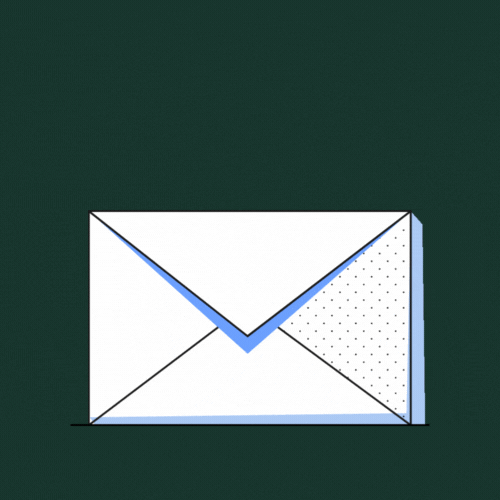
Weekly advice to make your product stick 💌
Be the first to get the latest product best practices and resources
This article is written by Ella Webber, Project Manager & Assistant Editor at DSLX, a mission-driven copywriting agency. She’s interested in working with passionate people on a wide variety of projects, with a special interest in the future of tech, politics, and inclusivity.


